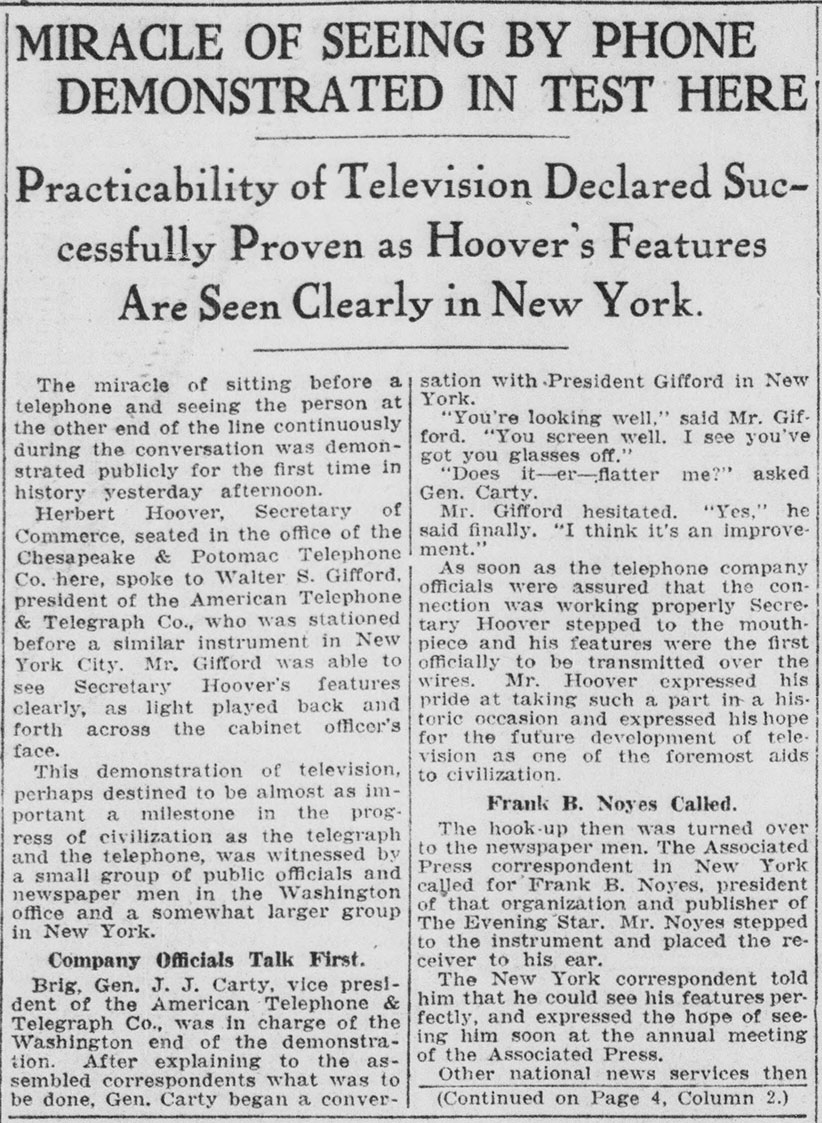Remote Response
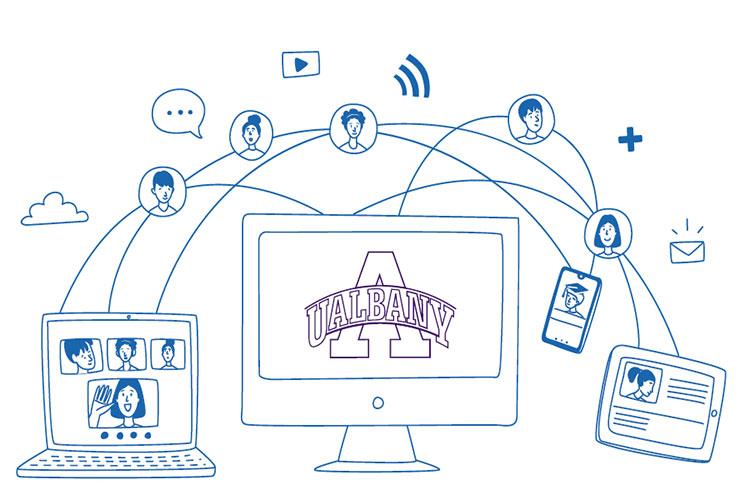
Zoom. Aside from describing a now ubiquitous brand of online meeting (or a children’s television show, for those of a certain age), the word is also an apt description for how the world rapidly responded to the COVID-19 pandemic that, practically overnight, upended nearly every facet of our lives. With little time to act and under directives from state and federal officials to guard public safety, nearly every institution — from your corner grocer to higher education — scrambled to keep their organizations moving forward. Quite simply, everyone had to zoom.
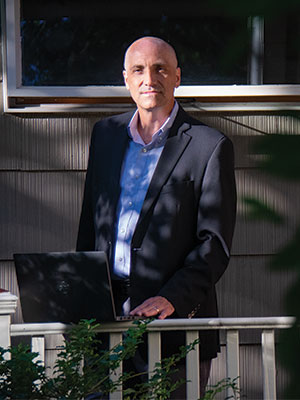
To blunt the mandatory isolation and physical distance, UAlbany – along with much of the world – turned to technology. For Chris Moore ’00, the University’s associate director of Educational Technology Services, that meant he and his team needed to bring an entire university’s teaching and learning community – hundreds of faculty members, thousands of students – fully online in just a matter of weeks. “The scale of the task was something we would not have considered in the past,” said Moore, who earned a master’s degree in Curriculum Development and Instructional Technology from UAlbany. “Typically, creating an online course requires months of planning and building in Blackboard,” Moore noted, referring to the University’s online learning management system. At the beginning of March, pre-pandemic, there were more than 2,200 classes using Blackboard. Yet, the vast majority of those classes were not fully online, and nearly none were geared towards extended and entirely remote instruction. “I knew we needed to quickly take an all-hands-on-deck approach to provide opportunities for the faculty to learn and select new technology tools that would best support their course for the remainder of the term and to help them become comfortable with them,” added Moore. In short, that meant two things: tools and training.
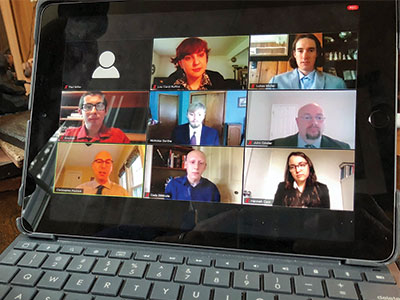
The tools offered by the Information Technology Services department included additional software, increased server/storage capacity, and a super-sized video-conferencing ability – thanks to a newly purchased enterprise-wide license with Zoom – described as a “video-first unified communications platform” on the company’s website. Videoconferencing, as a technology, has been around since at least the 1920s when Bell Labs tested a one-way “videophone” transmission between Washington, D.C., and New York City with then-Secretary of Commerce Herbert Hoover. What is breathtaking today, however, is the rapid worldwide adoption of the technology during the pandemic to share nearly every facet of human life – from childbirth to funerals and from middle-school homerooms to middle-aged happy hours. In May, a Texas jury was believed to be the first to deliver their verdict via Zoom. Zoom’s explosive growth included UAlbany’s increased paid license with the company – growing from around 100 users before COVID-19 to more than 6,100 activations by early April. “Zoom was new to almost everyone and the faculty needed a very quick crash course in the ways it can be effective for teaching and learning,” said Moore, which led to the other prong in UAlbany’s “Keep Teaching” response: training.
Helping prepare faculty members for online and remote teaching was UAlbany’s Institute for Teaching, Learning, and Academic Leadership (ITLAL), an on-campus group with expertise in research-based, innovative teaching and learning methods. “We have done a great deal of work in helping instructors prepare face-to-face, hybrid, and fully online courses, but this was a completely different context,” said Billie Franchini, ITLAL’s director. She noted, however, that ITLAL’s guidance for faculty was relatively unchanged: Focus on what’s most important for students to learn, develop “learning experiences” that foster engagement, and show compassion while maintaining high standards. “I think all the work we have done with faculty in the past ensured that we were well positioned to help them think through the teaching decisions they needed to make in this unprecedented situation,” Franchini said.
On Sunday, March 15, just days after the University announced it was moving instruction fully online for the rest of the semester, professors Danny Goodwin and Kristin Corbosiero sat under bright lights in a television studio located deep below the main fountain on the Uptown Campus. They had been contacted earlier in the day and rushed in, as volunteers, to record a series of training videos to help fellow faculty members understand the capabilities of Zoom for instruction. “I’ve used Blackboard for years but had only used Zoom for the first time a day or so prior,” said Goodwin, an associate professor in the Department of Art and Art History. “I knew my colleagues might appreciate some guidance in making the transition quickly and was already considering doing some tutorials just for my department. Seemed much more efficient to do them for the whole campus.”
Working with the Digital Media team from the Officeof Communications and Marketing, Goodwin and Corbosiero recorded nearly a dozen “quick-start” training videos for Zoom and Blackboard. Corbosiero, an associate professor in the Department of Atmospheric and Environmental Sciences, said her participation was partly self-motivated. “I volunteered to help record the videos mainly because I wanted to learn from the folks who were prepping the videos and really understood the technology,” she said. “I had used Blackboard a little bit, and Zoom not at all, and knew they would be the key ways I was going to be communicating with my students.”
Providing for students was at the center of UAlbany’s actions, said JoAnne Malatesta, interim vice provost and dean of Undergraduate Education. “The immediate response from the provost and ITS [was] to ensure that our students have the technology that they need.” ITS, in partnership with the Office of the Dean of Students, identified and prepared nearly 200 desktop computers, taken from the Libraries’ public spaces, and redeployed them to students in need of the technology. UAlbany’s Mail Services department and the University Police Department coordinated delivery.
Smaller groups, such as the Writing and Critical Inquiry department, answered the call for help by providing laptop computers to students who didn’t have them.
“The reality is that people from all across campus rallied quickly and put things into motion as soon as possible,” said Malatesta.
However, she acknowledged that the transition to remote instruction was difficult for some. “This disruption was tremendous and, in some cases, devastating for our students and, perhaps, even some faculty. I think that our awareness of this impact and the continued efforts to address these concerns are incredibly important.”
Despite these efforts, UAlbany was named as a defendant, along with SUNY, in a class-action lawsuit filed by a parent, alleging that the “remote learning options are in no way the equivalent of the in-person education that Plaintiff and the putative class members contracted and paid for.” Across the country, scores of universities – public and private – find themselves in the center of class-action crosshairs. According to the website classaction.org, a searchable database of class-action lawsuits, there were more than 40 similar legal cases filed against public and private colleges at the time of this writing. In an article on May 29, The Chronicle of Higher Education put the number of lawsuits at more than 100, while a publicly available SUNY document called “One-Stop Resource for Tracking Class Action Lawsuits and Institutional Responses to Coronavirus Pandemic” tallied 117 lawsuits as of June 5. “Some will review the Spring 2020 remote-learning activities in hindsight and focus on glaring deficiencies of online learning,” said Moore. “I think we need to view it for what it was – an emergency response.”
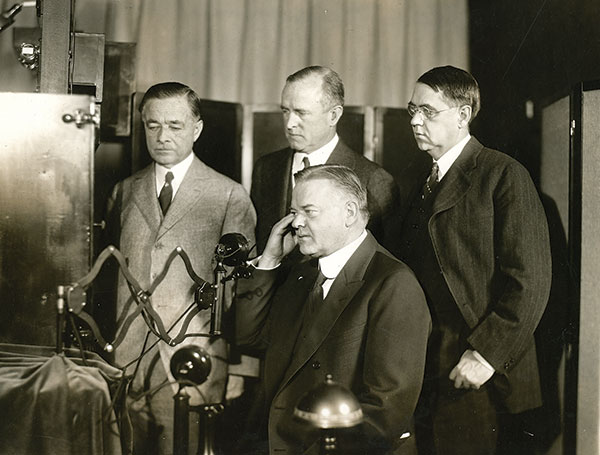
Some professors and students expressed mixed reactions: sympathy for the circumstances beyond the University’s control, but also lamenting the loss of in-person connections. “Overall, I have had a pretty seamless transition to online learning,” said Hannah Cast, a junior double-majoring in history and criminal justice. “The biggest strains have been the uncertainty of it all and the severing of in-class interactions with professors and my peers. Being part of the Albany community is what makes the University so special, so not to be able to be with classmates and talk to professors lessens the experience. I think the school has been trying their best with the circumstances they were given.” Shouyue Zhang, an international student from China, echoed Cast’s assessment: “My overall experience in this online transition is great. My professors built online courses swiftly and fruitfully.” Feelings were different, however, for another student who graduated in May and wished to remain anonymous. “My overall experience with the online transition has been stressful,” said the student via email.
“In all honesty, the prospect of beginning my master’s degree [at Rockefeller College] remotely is incredibly anxiety-inducing. While I understand that the ultimate decision will be in large part outside of the control of administration, I will need to re-evaluate academic plans at that time.”
Faculty members Susan Detwiler, a lecturer in the Writing and Critical Inquiry department, and Christopher Pastore, an associate professor in history, shared their views on how classroom dynamics were affected (Detwiler and Pastore are married to each other.) “Because we had already developed a strong learning community [before the online transition], it was difficult to leave the classroom learning environment. Students and I all missed the face-to-face interactions,” said Detwiler. “However, one thing the students said was nice was having the Zoom one-on-one conferences. They said it was ‘easier’ to find my office!”
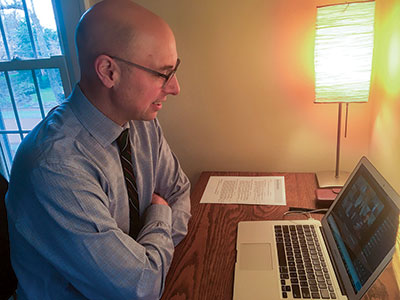
For Pastore, the difficult circumstances revealed the students’ character. “One of our core learning goals for history students is cultivating a sense of resilience,” he said of the students who overcame personal challenges. “Some were moving home with family. Some were taking care of sick family members. Others were holding down full-time jobs. And still others lost their jobs. But those same students were doing their best under the circumstances. They were logging in to Zoom meetings, submitting work through Blackboard, creating final course presentations and delivering them digitally with verve. Simply put, they demonstrated the type of grit that would make anyone proud.”

